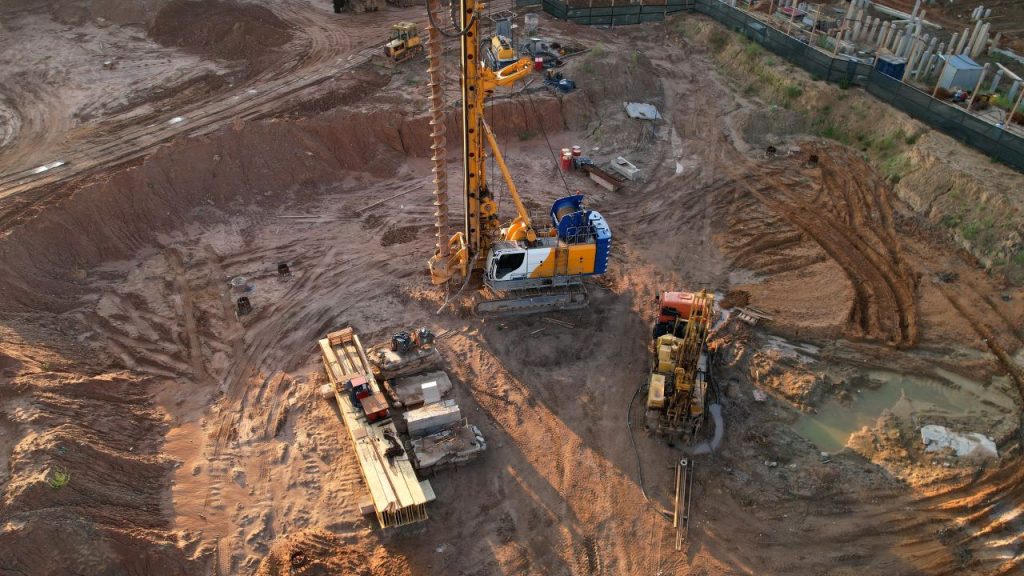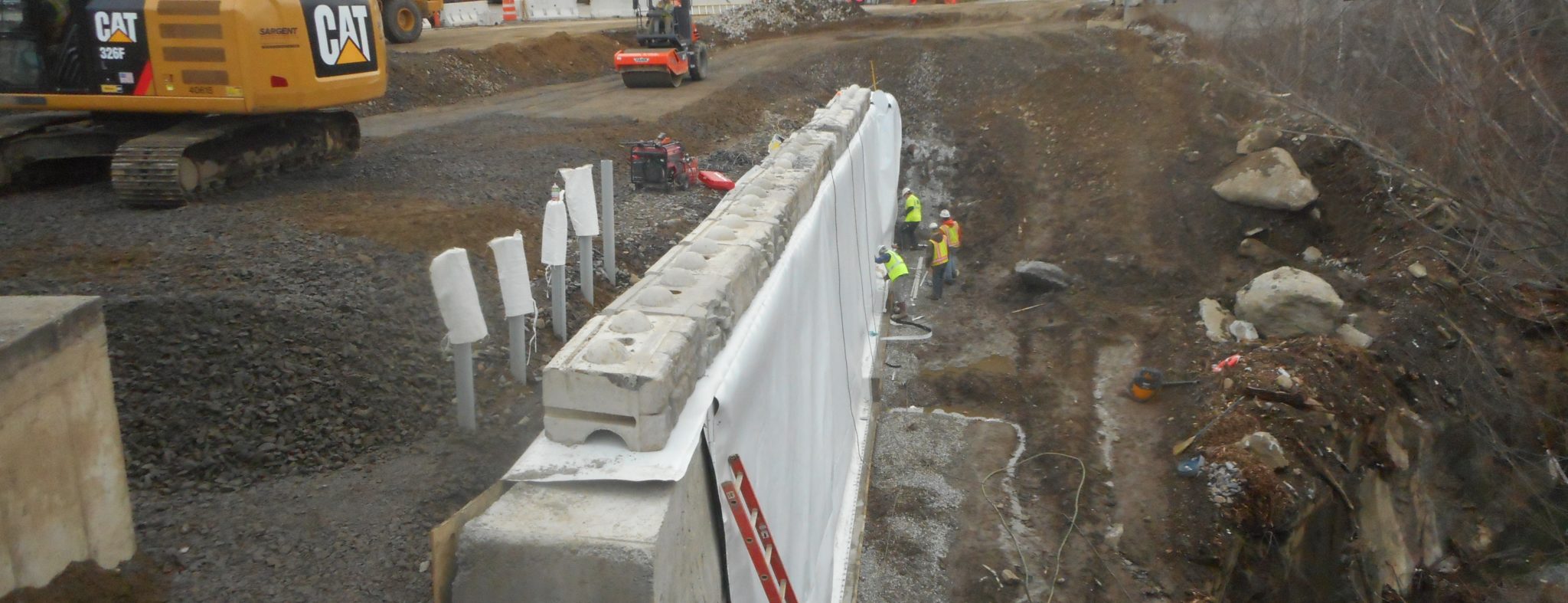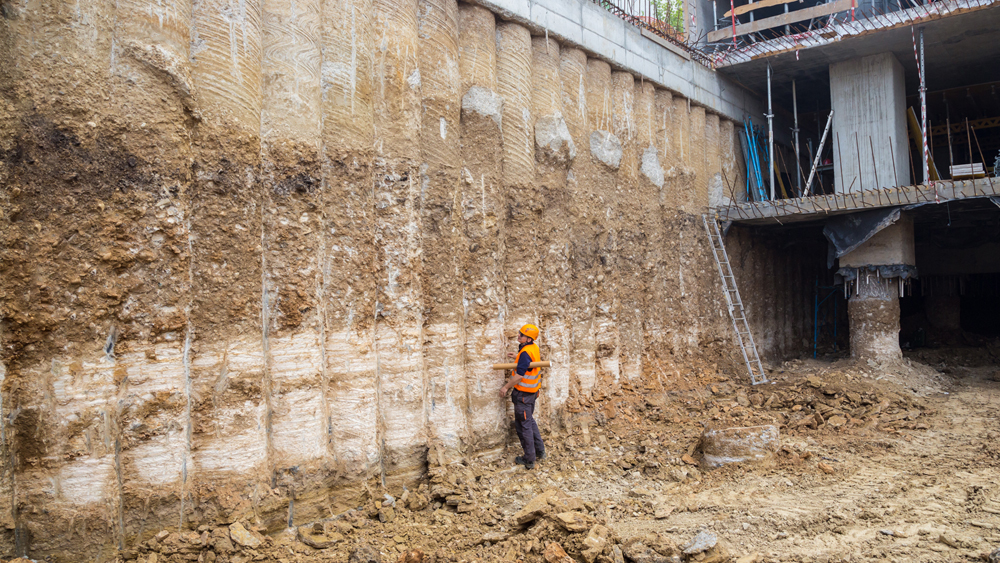The Vital Payments of Geotechnical Designers in Analyzing Soil Behavior and Foundation Style for Lasting Facilities Growth
Geotechnical designers function as a cornerstone in the realm of sustainable facilities advancement, where their experience in assessing soil behavior directly influences the safety and durability of structures. By utilizing sophisticated methods such as Common Infiltration Examinations and Cone Infiltration Screening, they diligently review dirt buildings, bring about educated choices on structure design. These assessments not only alleviate threats connected with differential settlement yet additionally lead the way for ingenious, ecologically conscious practices. As we discover the essential function they play, the ramifications of their contributions elevate vital concerns regarding the future of infrastructure strength and sustainability.
Role of Geotechnical Engineers

In enhancement to site examinations, geotechnical designers evaluate possible threats such as dirt liquefaction, slope stability, and groundwater issues. They use innovative engineering principles to create services that reduce these threats, making certain that designs conform with pertinent codes and requirements. Their job usually includes partnership with other engineering self-controls, designers, and ecological researchers to produce incorporated approaches to framework advancement.
Furthermore, geotechnical designers add to sustainable techniques by promoting making use of products and techniques that decrease ecological influence. With their extensive understanding of soil auto mechanics and geology, they play a vital duty in fostering secure, resistant, and lasting infrastructure that fulfills the demands of culture while securing the atmosphere.
Soil Actions Assessment Methods
Recognizing dirt habits is essential to informed decision-making in geotechnical engineering, as it straight affects the layout and building and construction processes. Different evaluation techniques are utilized to assess soil buildings, ensuring accurate predictions of its efficiency under different loading problems.
One main approach is the Standard Infiltration Examination (SPT), which offers understandings into dirt thickness and uniformity via the resistance come across during penetration. Likewise, Cone Infiltration Testing (CPT) supplies a constant account of soil stratification and in-situ strength criteria, enabling a much more thorough understanding of subsurface problems.
Laboratory tests, such as Atterberg restrictions, unconfined compressive toughness, and triaxial tests, are crucial for identifying soil habits under controlled problems. These examinations help with the determination of vital specifications, including shear permeability, compressibility, and stamina.

Structure Layout Concepts
Structure layout concepts are important for guaranteeing the stability and durability of structures, as they determine just how loads are transferred from the superstructure to the underlying dirt. These concepts encompass various considerations, including load-bearing ability, negotiation, and side security. A detailed understanding of soil auto mechanics is important for geotechnical engineers to assess the communication in between the structure and the soil.
One secret concept is the suitable selection of foundation type, which might consist of superficial structures, such as spread footings, or deep structures, like caissons or stacks, depending upon dirt conditions and architectural lots - civil consulting engineers. The structure should be designed to reduce differential negotiation, which can bring about structural damages

Lasting Framework Practices
Just how can we successfully integrate sustainability right into framework methods? Lasting framework methods start with detailed site analyses, which examine soil actions, regional ecosystems, and source availability.
Moreover, utilizing innovative building and construction methods, such as using recycled products and low-impact foundations, significantly minimizes the carbon footprint of framework tasks. Geotechnical engineers play an essential role in picking suitable products that boost toughness and sustainability, such as using geo-synthetics to improve dirt stability and minimize disintegration.
In addition, sustainable facilities methods need continuous surveillance and upkeep to make certain that frameworks continue to be resistant over time. Ultimately, these practices not only contribute to the longevity of frameworks yet additionally advertise a much healthier setting, straightening framework growth with more comprehensive sustainability goals.
Study and Applications
Study my explanation in geotechnical engineering offer useful insights into the useful applications of dirt habits and sustainable infrastructure techniques. One remarkable instance is the building and construction of the Burj Khalifa in Dubai, where substantial soil testing and evaluation were performed to examine the distinct challenges postured by the area's loose sand and high water table. Geotechnical engineers used advanced methods such as dynamic probing and cone infiltration testing to determine the dirt's load-bearing capability, ultimately resulting in the design of a deep structure system that supports this iconic framework.
Another critical instance is the remediation of the San Francisco-Oakland Bay Bridge after the 1989 Loma Prieta quake. Geotechnical evaluations exposed the need for dirt stabilization techniques, consisting of grouting and soil nailing, to boost the seismic resilience of the foundation. These treatments not only enhanced the bridge's safety yet also my company added to its durability and sustainability.
Such instance studies exhibit how geotechnical designers play a vital function in understanding soil actions and applying cutting-edge services to make certain the structural stability and sustainability of infrastructure jobs. civil consulting engineers. Their know-how is important in attending to the complex challenges positioned by numerous soil conditions throughout varied geographic locations
Final Thought
To conclude, the payments of geotechnical engineers are important for the analysis of dirt behavior and the design of foundations, which are crucial for sustainable infrastructure advancement. Via the application of advanced testing techniques and ingenious products, these specialists make certain the security and safety of structures while reducing ecological have a peek at this website effects. The assimilation of sustainable methods promotes resilience in infrastructure jobs, highlighting the value of cooperation amongst stakeholders to attain reliable construction solutions that meet both environmental and societal needs.
Geotechnical designers offer as a keystone in the world of lasting framework growth, where their expertise in assessing dirt actions straight affects the security and durability of structures.Geotechnical engineers play an essential role in the design and construction of framework by assessing dirt and rock habits to guarantee stability and safety. A thorough understanding of dirt technicians is necessary for geotechnical designers to assess the interaction in between the structure and the dirt.
Geotechnical analyses disclosed the demand for dirt stabilization methods, including grouting and dirt nailing, to improve the seismic resilience of the structure.In verdict, the payments of geotechnical engineers are essential for the analysis of soil behavior and the style of foundations, which are essential for sustainable infrastructure growth.